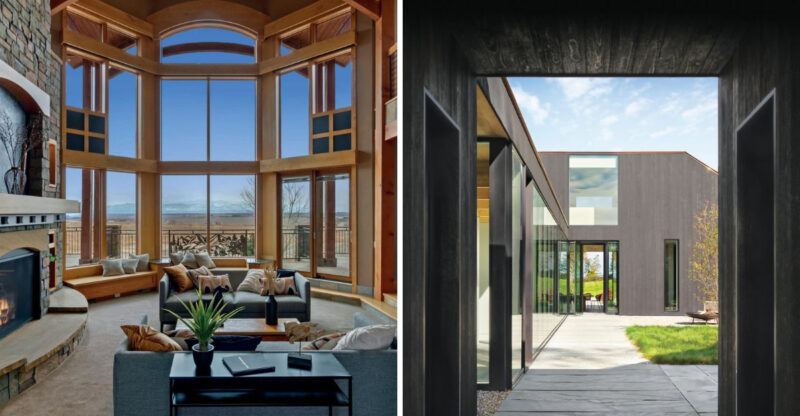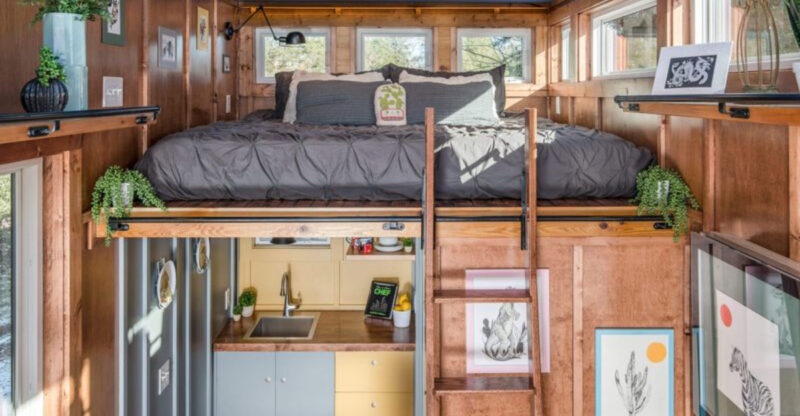25 Home Features That Are Surprisingly Illegal In Some States
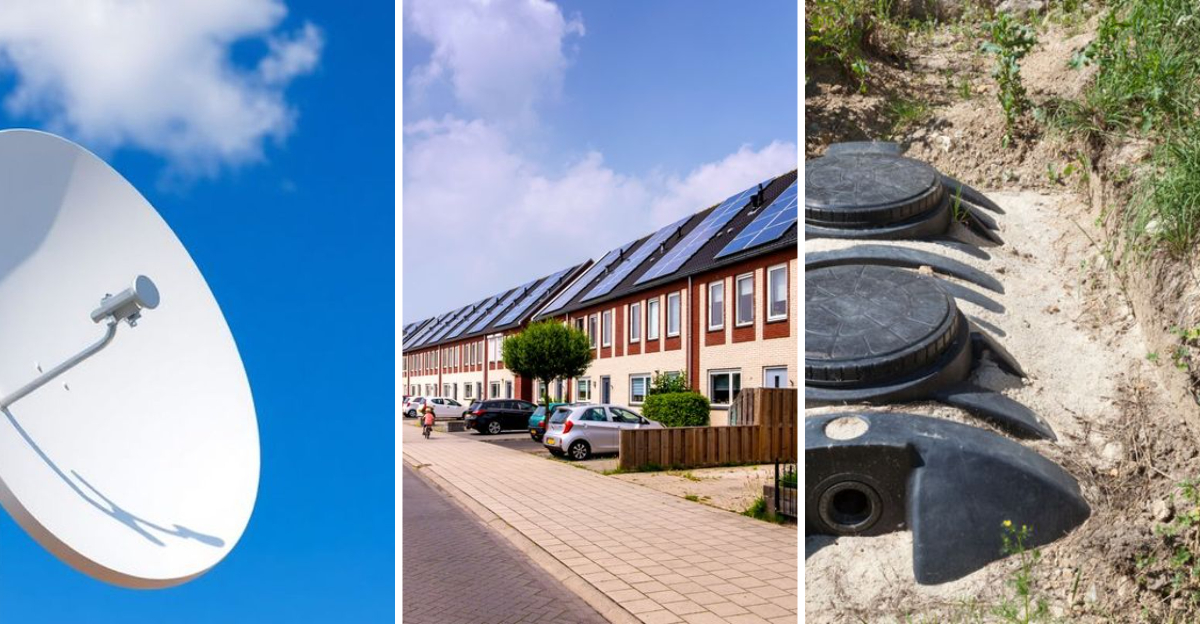
Home sweet home isn’t always as straightforward as we think, especially when it comes to what’s allowed under local laws.
Many homeowners are shocked to discover that common property features they’ve dreamed about or already installed might actually violate state regulations or local ordinances.
From rainwater collection to certain paint colors, the rules vary wildly across America. Let’s explore these surprisingly prohibited home elements that might be lurking in your renovation plans.
1. Rainwater Collection Systems

Collecting rainwater seems like an eco-friendly practice, but it’s actually restricted in parts of Colorado and other western states. The reasoning? Water rights laws established during settlement days dictate that precipitation belongs to someone downstream who already owns rights to it.
Colorado has eased restrictions in recent years, allowing residents to use two rain barrels with a combined capacity of 110 gallons. Utah and Washington have similar laws limiting collection amounts. Before installing rain barrels or cisterns, check your local regulations.
Violating these seemingly strange laws can result in hefty fines or forced removal of your system, even if your intentions were purely to conserve water and reduce your utility bills.
2. Clotheslines
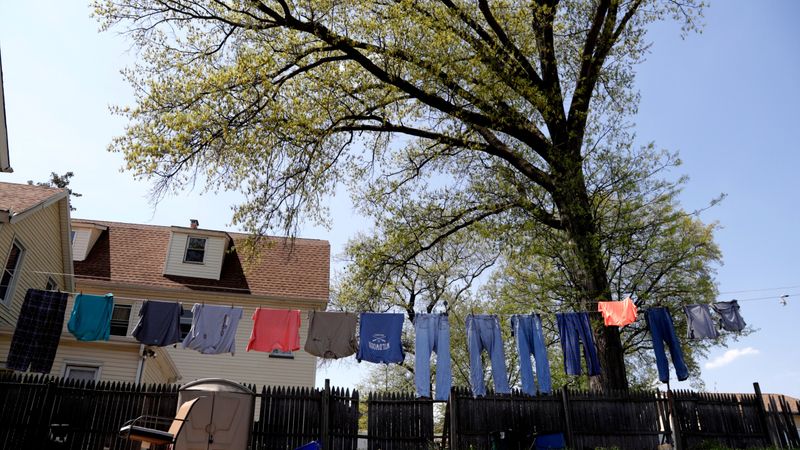
Hanging laundry outside might seem like the most innocent activity, but many HOAs and planned communities have banned clotheslines outright. They consider them unsightly eyesores that reduce property values and neighborhood aesthetics.
This restriction has sparked enough controversy that 19 states have passed “right to dry” laws protecting homeowners’ abilities to use clotheslines despite HOA regulations. Florida, Colorado, and Hawaii are among states that defend your right to air-dry clothes.
If you’re buying a home in a community with an HOA, check the covenants carefully. Some areas permit clotheslines but restrict them to backyards or require them to be removed when not in use, balancing energy conservation with neighborhood appearance standards.
3. Certain Types of Fencing Heights
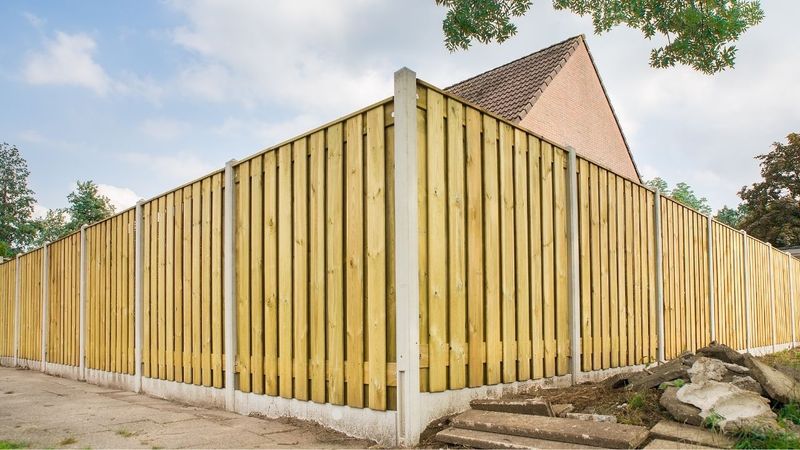
Did you know your dream six-foot privacy fence might be completely illegal depending on where it’s placed? Most municipalities limit front yard fences to 3-4 feet tall, while allowing taller fences in backyards. Corner lots face even more complicated rules, as tall fences can create dangerous blind spots for drivers.
Some cities like Portland require “vision clearance triangles” at intersections where fence height must be severely restricted.
Height isn’t the only regulated aspect many places ban certain materials like chain-link in front yards or mandate specific designs in historic districts. Before installing any fence, check local building codes and pull necessary permits, or you might face fines and be forced to tear down your expensive new boundary.
4. Exterior Paint Colors
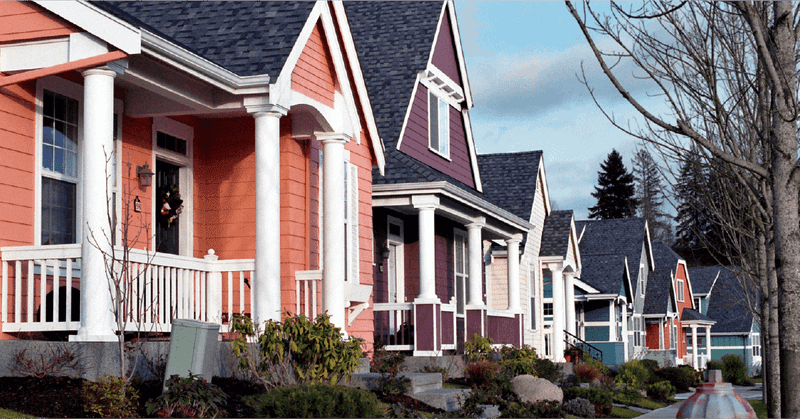
That bold purple exterior you’ve been dreaming about might land you in legal trouble in certain neighborhoods. Historic districts and HOAs often maintain strict control over exterior color palettes, limiting homeowners to pre-approved historically accurate or complementary colors.
Charleston, South Carolina’s historic district is famous for its pastel-colored homes, but each shade must be approved by the Board of Architectural Review. Even in regular neighborhoods with HOAs, residents typically must submit color choices for approval before painting.
Some homeowners have faced lawsuits, daily fines, and even foreclosure for refusing to repaint non-conforming colors. If you’re buying in a controlled community, request the color guidelines before closing so you understand the limitations on your creative expression.
5. In-Law Suites or Accessory Dwellings
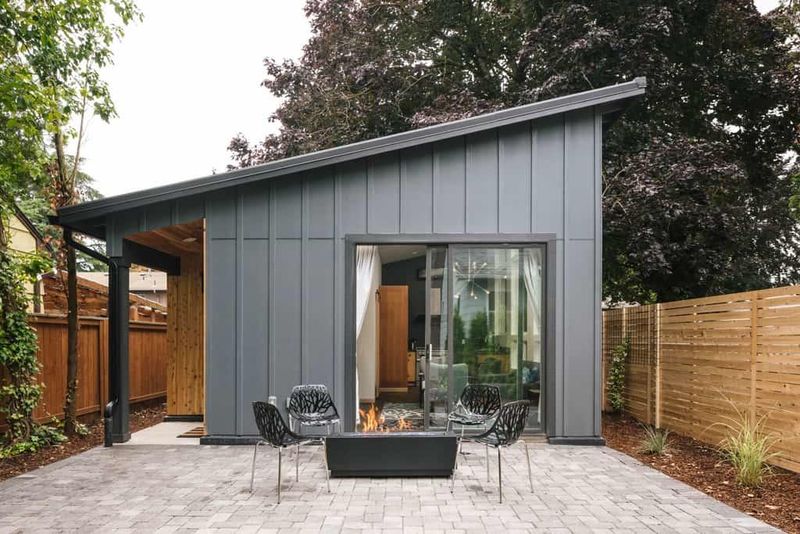
Converting your basement or garage into an apartment for Grandma might violate zoning laws in many municipalities. These accessory dwelling units (ADUs) are completely banned in some single-family residential zones, while others impose strict conditions.
Where ADUs are allowed, regulations often dictate minimum lot sizes, maximum square footage, parking requirements, and occupancy restrictions. Some areas require the homeowner to live on the property and prohibit renting both units to non-family members.
Cities like Portland and Seattle have relaxed ADU restrictions to address housing shortages, while many suburbs maintain tight controls. Building an illegal unit can result in forced removal, retroactive permit fees, and complications when selling your property. Always check with your local planning department before beginning construction.
6. Outdoor Fire Pits
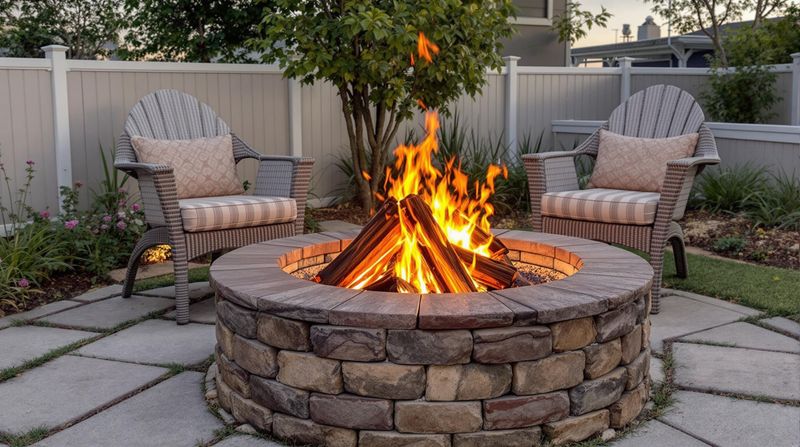
Those cozy backyard fire pits featured in home magazines are actually banned in many cities and neighborhoods. Fire-prone areas in California and Colorado often prohibit open flames of any kind during dry seasons, while year-round bans exist in densely populated urban areas.
Where fire pits are allowed, they typically must meet specific requirements regarding distance from structures, placement on non-flammable surfaces, and size limitations. Many municipalities require permits or inspections before installation.
Gas-burning fire features generally face fewer restrictions than wood-burning ones, as they produce less smoke and pose lower wildfire risks. If you’re considering adding a fire pit, check not only local fire codes but also air quality regulations and HOA rules, which may impose additional limitations beyond city ordinances.
7. Composting Toilets
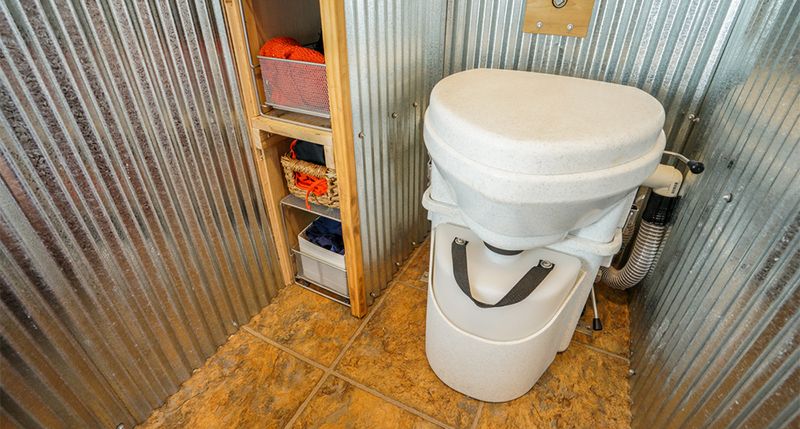
Eco-friendly composting toilets might save water and create garden fertilizer, but they’re illegal in many jurisdictions across America. Most building codes require homes to connect to municipal sewers or approved septic systems, explicitly prohibiting alternative waste disposal methods.
Rural areas and places with water scarcity tend to have more flexible rules. Arizona and Oregon have established permitting processes for composting toilets, while Massachusetts allows them only in buildings where standard plumbing is impractical.
If you’re building an off-grid cabin or eco-home, work with local health departments early in the planning process. Some jurisdictions allow composting toilets as supplementary facilities but still require conventional systems for primary use. Installing one without proper approvals could result in your home being declared uninhabitable.
8. Front Yard Vegetable Gardens
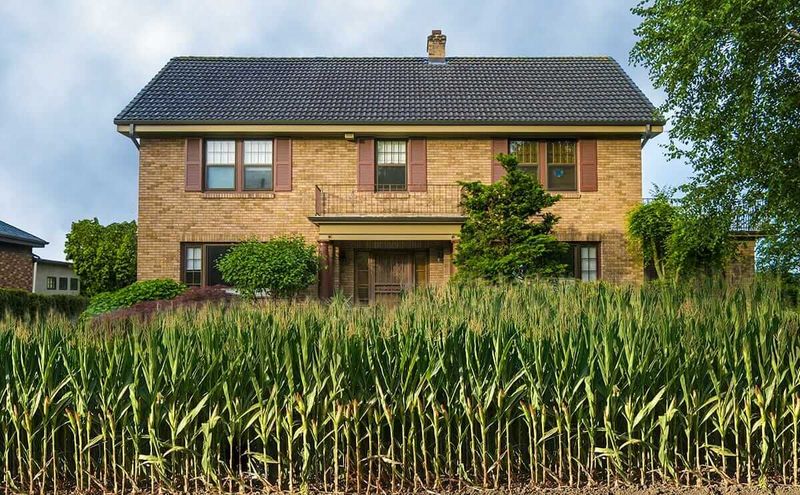
Growing tomatoes in your front yard instead of flowers has triggered legal battles nationwide. Some cities explicitly ban vegetable gardens in front yards, considering them unsightly or inappropriate for street-facing landscapes.
Florida homeowners fought all the way to the state legislature after being fined $50 daily for their front yard garden. The battle ended with a 2019 law protecting Floridians’ right to grow food on their property. Even without outright bans, height restrictions in front yard landscaping ordinances often effectively prohibit corn and other tall crops.
HOAs typically impose additional restrictions. Before tilling up your front lawn, review local ordinances and community covenants. Consider compromising with an ornamental edible landscape that incorporates vegetables among traditional landscaping plants.
9. Backyard Chickens
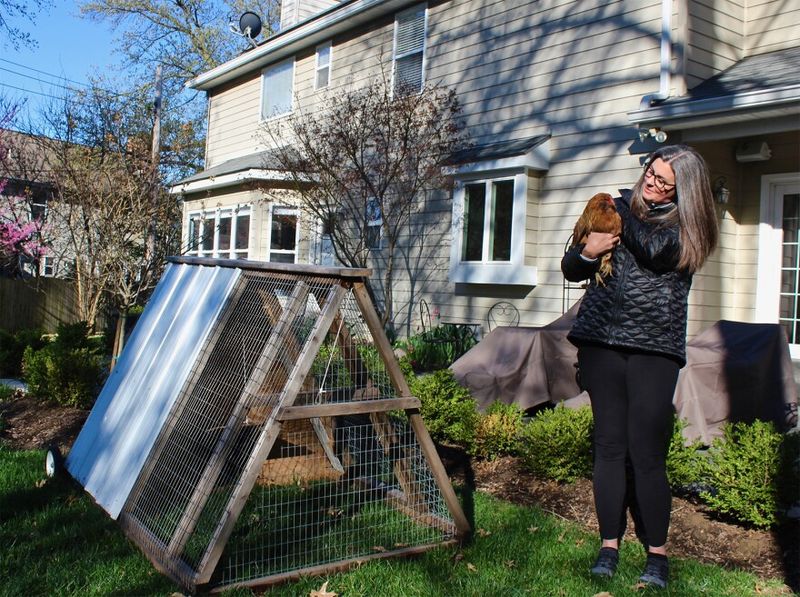
Fresh eggs from backyard hens might seem like a harmless hobby, but keeping chickens is heavily regulated or completely banned in many residential areas. Urban and suburban restrictions often limit flock size, prohibit roosters, and mandate minimum distances between coops and property lines.
New York City allows chickens but bans roosters, while Los Angeles permits up to five chickens at least 35 feet from neighboring residences. Many municipalities require permits, inspections, and neighbor approval before chickens can legally take up residence.
HOAs frequently ban poultry entirely, regardless of local ordinances. Violating these regulations can lead to substantial fines and forced removal of your birds. The growing urban farming movement has prompted some cities to revise outdated restrictions, so check current local codes before building that chicken coop.
10. Tiny Homes on Wheels
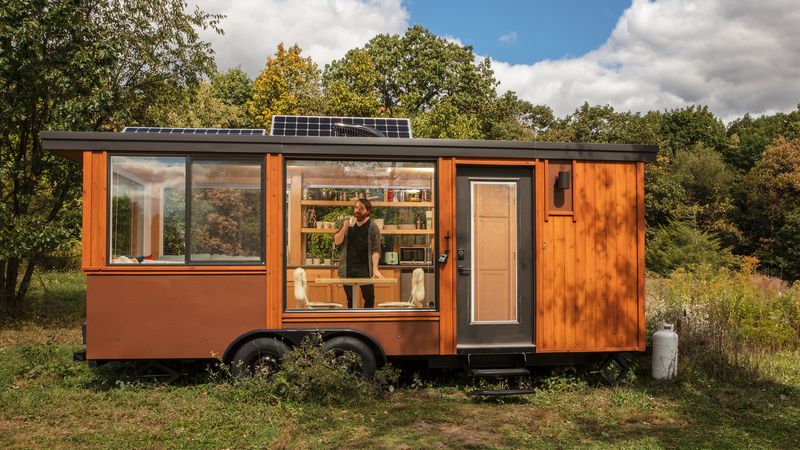
Tiny homes have captured imaginations nationwide, but placing one on your property isn’t as simple as parking an RV. Many municipalities classify wheeled tiny homes as recreational vehicles, prohibiting permanent residency and restricting where they can be placed.
Zoning laws typically require permanent dwellings to meet minimum square footage requirements often 400-1,000 square feet far exceeding typical tiny home dimensions. Foundation requirements, connection to utilities, and building code compliance present additional hurdles. Some regions are becoming more tiny-home friendly.
Fresno, California allows tiny houses as accessory dwellings, while parts of Colorado have created specific zoning for tiny home communities. If you’re considering joining the tiny house movement, research local regulations thoroughly before purchasing, as you might need to locate in specifically designated areas rather than typical residential neighborhoods.
11. Solar Panels Facing Streets
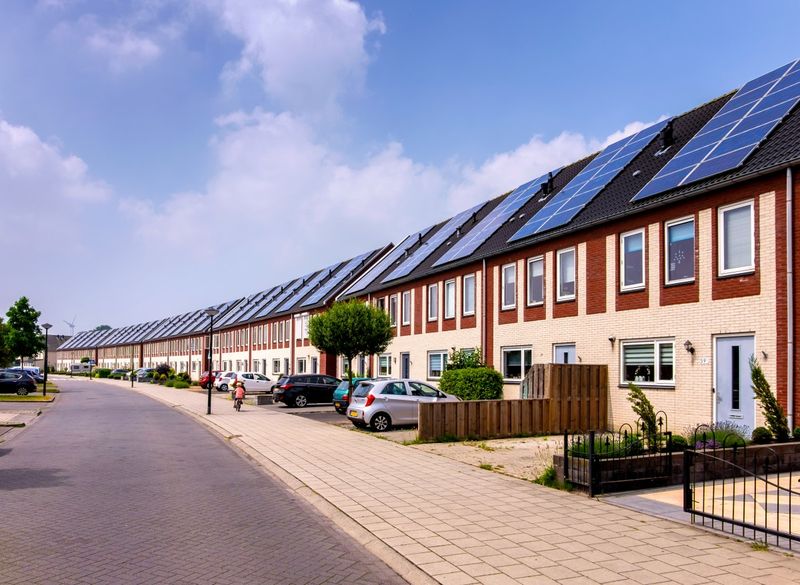
Solar energy might be environmentally friendly, but many HOAs restrict panels visible from the street. These associations claim street-facing panels harm property values and neighborhood aesthetics, creating contentious battles with homeowners seeking renewable energy.
Though 25 states have “solar rights” laws limiting HOA restrictions, these laws often include exceptions allowing reasonable limitations on panel placement and appearance. California offers the strongest protections, prohibiting HOAs from banning solar installations outright.
Beyond HOAs, historic districts frequently restrict visible panels, requiring them to be placed on rear-facing roofs or ground-mounted out of sight. Before investing in solar, review all applicable restrictions and consider technologies like solar tiles that integrate more seamlessly with traditional roofing materials, potentially avoiding aesthetic objections altogether.
12. Underground Bunkers
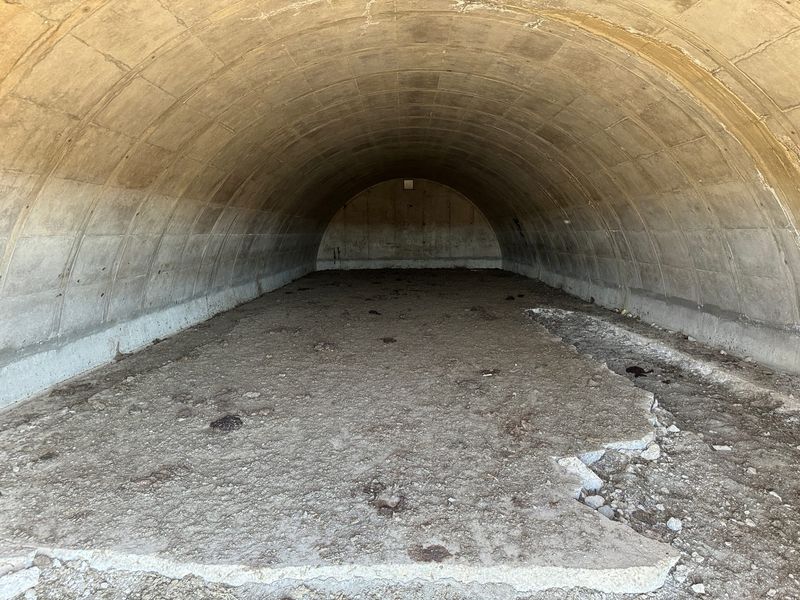
Building a personal underground bunker or survival shelter triggers numerous legal complications in most residential areas. Zoning ordinances often prohibit second dwelling units or impose strict regulations on underground structures, especially those intended for human habitation.
Where underground rooms are permitted, they typically require extensive permitting, engineered plans, and inspections addressing concerns about structural stability, ventilation, emergency exits, and potential utility line disruptions. Many jurisdictions also require environmental impact studies to assess groundwater effects. Rural areas generally offer more flexibility for bunker construction, though permits are still required.
Failing to obtain proper approvals can result in dangerous conditions, forced removal, and property sale complications. If you’re determined to build an underground shelter, work with experienced contractors familiar with local requirements for underground structures.
13. Garage Conversions
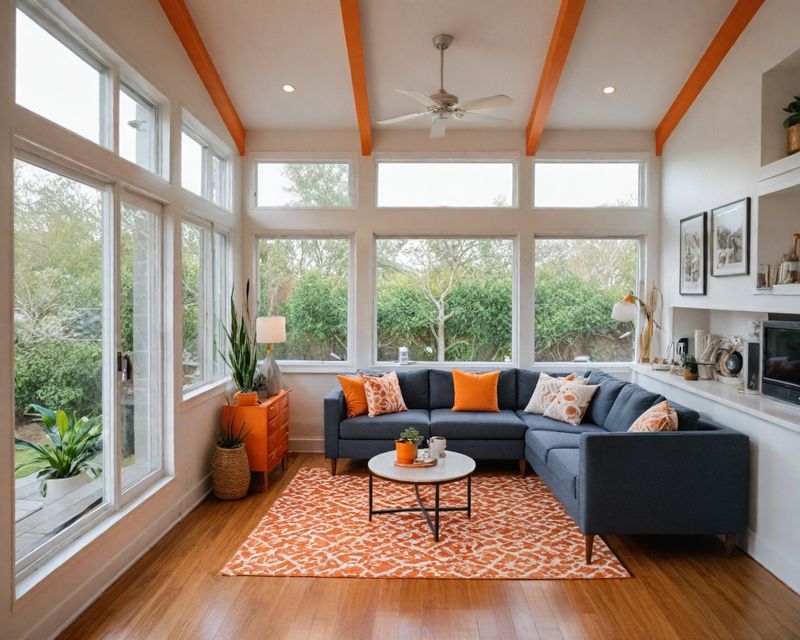
Converting your garage into a home office or bedroom might seem like a straightforward renovation, but it’s actually illegal in many neighborhoods. Zoning laws often require homes to maintain a minimum number of covered parking spaces, making garage conversions non-compliant even when properly built.
HOAs frequently prohibit these conversions outright, considering them detrimental to neighborhood character and property values. Even where conversions are permitted, strict building code requirements for ceiling height, egress windows, insulation, and ventilation make legal conversions expensive.
Unpermitted conversions create significant problems when selling your home, as they must be disclosed and often either removed or retroactively permitted at substantial cost. Before eliminating your garage, verify that your neighborhood allows such conversions and obtain all necessary permits to avoid future headaches.
14. Unpermitted Sheds Over Certain Sizes
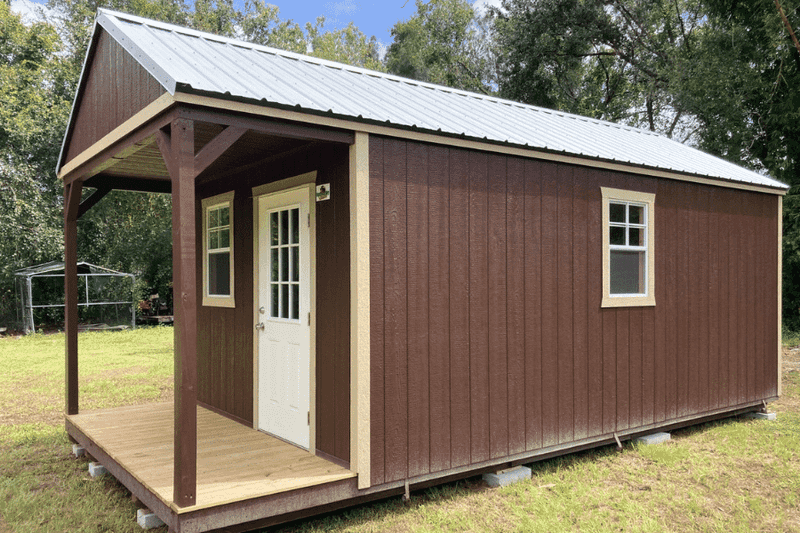
That backyard storage shed you ordered online might require permits you never knew about. Most jurisdictions allow small sheds (typically under 120 square feet) without permits, but anything larger triggers building code requirements and zoning restrictions.
Location matters tremendously sheds usually must maintain specific setbacks from property lines, other structures, and utility easements. Height restrictions, foundation requirements, and electrical regulations add additional complications for larger structures. HOAs often impose stricter limitations than municipalities, restricting shed materials, colors, and sometimes banning them entirely.
Unpermitted oversized sheds can result in removal orders, retroactive permit fees with penalties, and property tax reassessments. Before purchasing or building any backyard structure, check both local building codes and community covenants to ensure compliance.
15. Gravel Driveways
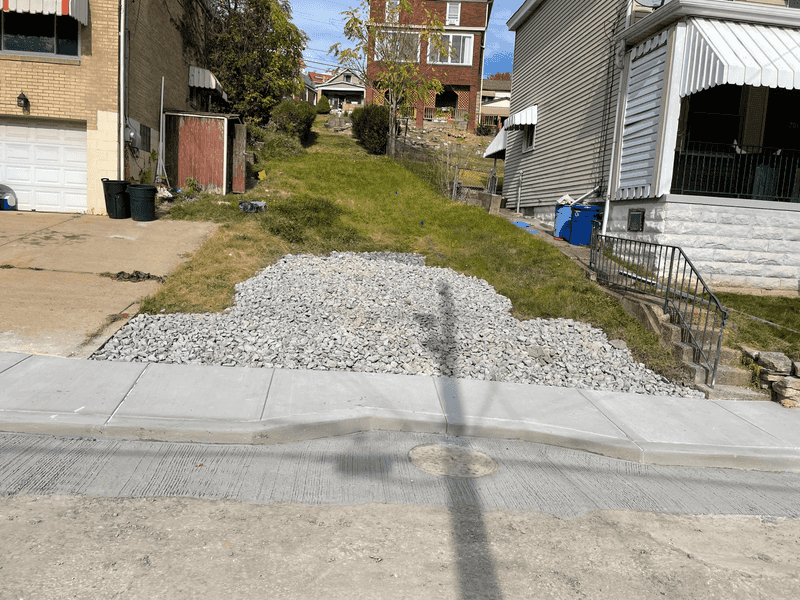
Gravel driveways, despite their affordability and drainage benefits, are prohibited in many urban and suburban areas. Cities often ban them in newer developments, citing concerns about gravel migration onto public roads, dust generation, and stormwater management issues.
Where gravel is permitted, ordinances typically require professional installation with proper edging, underlayment, and drainage systems. Some municipalities mandate minimum distances between gravel surfaces and property lines or public sidewalks. HOAs frequently ban gravel driveways entirely, favoring concrete or asphalt for aesthetic uniformity.
Environmentally-focused communities sometimes allow permeable alternatives like reinforced grass or permeable pavers that provide similar drainage benefits without gravel’s drawbacks. Before replacing your driveway, check local regulations and HOA covenants, as non-compliant installations can trigger expensive remediation requirements.
16. Barbed Wire Fencing

Barbed wire might seem like effective security, but it’s banned in residential areas almost everywhere in America. Most municipalities explicitly prohibit it in non-agricultural zones, considering it dangerous to residents and incompatible with neighborhood character.
Rural properties and agricultural zones typically allow barbed wire, though height restrictions and setback requirements still apply. Some jurisdictions permit limited use of barbed wire atop commercial security fences, but residential properties rarely qualify for such exceptions. Even where not explicitly banned, liability concerns make barbed wire problematic for homeowners.
If someone even a trespasser is injured by your barbed wire fence, you could face significant legal liability. Before installing any security fencing, consult local ordinances and consider safer alternatives like privacy fencing or non-injurious security toppers.
17. Unregistered Swimming Pools
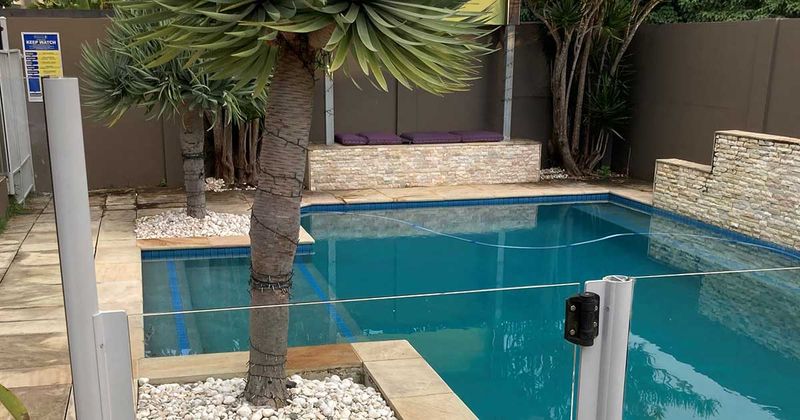
Installing that backyard pool without permits can lead to serious legal consequences. Swimming pools require building permits, inspections, and often additional insurance in virtually every jurisdiction in America. Safety regulations typically mandate specific fencing, self-latching gates, and sometimes alarms or covers to prevent accidental drownings.
Electrical work must meet strict codes, while setbacks from property lines and utility easements further restrict placement options. Even inflatable above-ground pools exceeding certain depths (typically 24 inches) fall under these regulations in most places.
Unpermitted pools can result in daily fines, forced removal, and denial of insurance claims related to pool accidents. They also create major obstacles when selling your home. Always obtain proper permits and inspections before installing any permanent or semi-permanent swimming pool.
18. Certain Types of Roofing Materials

Metal roofs, cedar shakes, and other alternative roofing materials face surprising restrictions in many communities. Fire codes in wildfire-prone regions ban wood shingles entirely, while HOAs frequently restrict metal roofing regardless of its improved fire safety.
Historic districts typically limit roofing materials to historically accurate options, prohibiting modern alternatives regardless of their durability or energy efficiency benefits. Some municipalities even restrict roof colors, particularly banning highly reflective surfaces that might create glare issues. Flat roofs face additional scrutiny in areas with heavy snow loads or drainage concerns.
Before replacing your roof, check building codes, fire regulations, and HOA covenants. Non-compliant roofing often requires expensive removal and replacement, and insurance companies may deny claims for damage to unpermitted roofing materials.
19. Outdoor Neon Signs
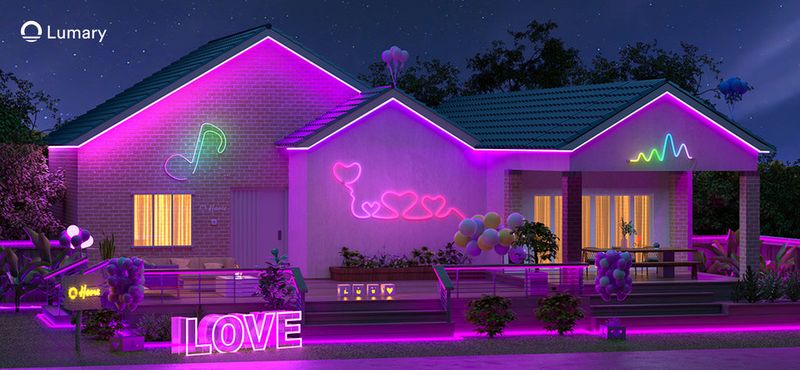
That vintage neon beer sign might look perfect on your patio, but it could violate multiple local ordinances. Residential zones typically prohibit commercial signage of all types, with neon specifically banned in many communities due to light pollution concerns.
Even small decorative neon is restricted in many HOAs and historic districts, which consider it incompatible with residential character. Where allowed, neon often faces strict limitations on size, brightness, hours of operation, and placement away from windows visible from public areas.
Some cities have enacted dark sky ordinances that severely restrict all outdoor lighting, including decorative neon. Before installing any illuminated outdoor signage, check zoning regulations, HOA covenants, and local light pollution ordinances. Non-compliant signs typically must be removed entirely rather than simply modified.
20. Window Bars
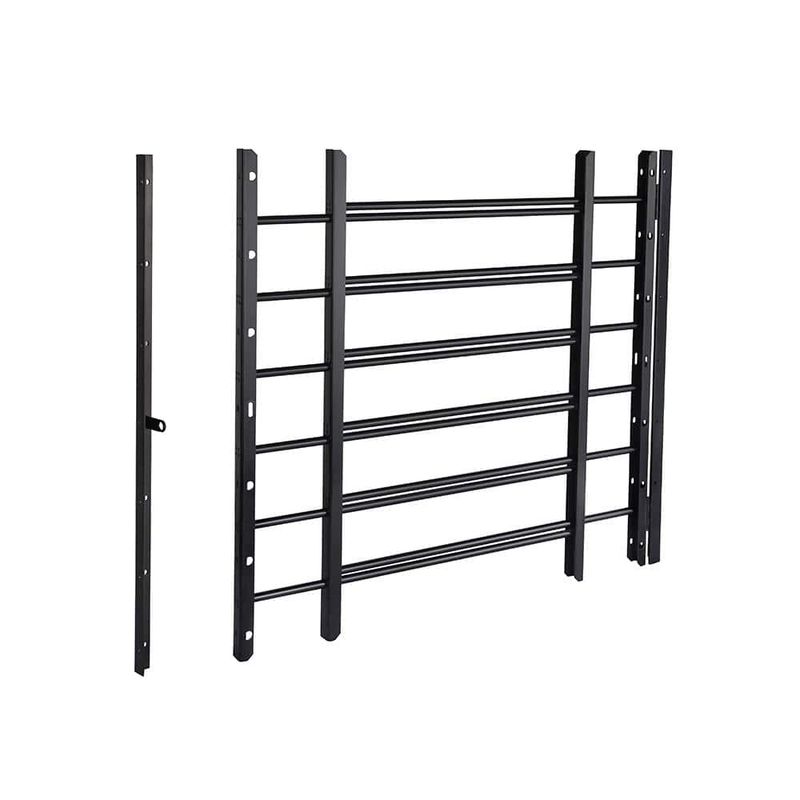
Security bars on windows offer protection against break-ins but face strict regulation nationwide. Building and fire codes require quick-release mechanisms on bedroom window bars to allow emergency escape, with specific requirements for release pressure and operation without special tools or knowledge.
Some municipalities require permits and inspections specifically for window security bars, while historic districts often ban them entirely on street-facing windows. HOAs frequently prohibit exterior-mounted bars, sometimes allowing interior models that are less visible from outside.
Non-compliant window bars create serious safety hazards and liability issues. If a fire occurs and occupants cannot escape due to improper bars, homeowners may face not only tragedy but potential criminal charges. Always consult building codes and fire regulations before installation, and consider alternatives like security film or laminated glass.
21. Rain Gardens Affecting Water Runoff
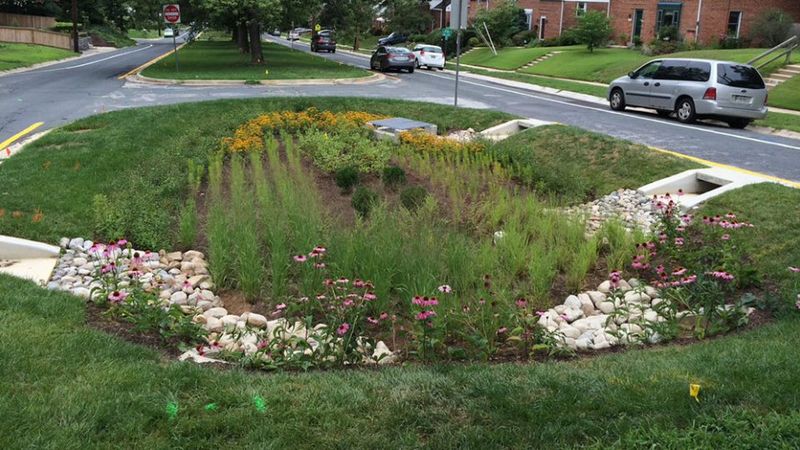
Environmentally friendly rain gardens can actually violate local ordinances if improperly designed. Many municipalities have strict regulations about altering natural water flow across property lines, making poorly planned rain gardens potential legal liabilities.
Stormwater management ordinances typically require maintaining existing drainage patterns or obtaining specific permits for alterations. Redirecting water toward neighboring properties even unintentionally through a rain garden can result in nuisance lawsuits from neighbors experiencing increased water flow. Some HOAs ban rain gardens entirely or restrict their size and location, particularly in front yards.
Before installing any rain garden or bioswale, consult local stormwater regulations and consider hiring a landscape architect familiar with local requirements. Properly designed rain gardens can be permitted in most locations if they manage water entirely within your property boundaries.
22. Basement Apartments
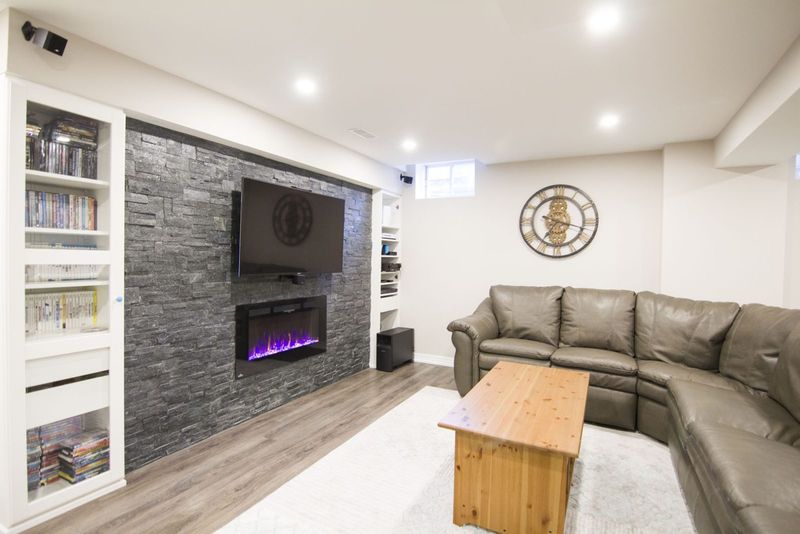
Renting out your basement as an apartment is illegal in many regions due to strict habitability requirements. Building codes typically mandate minimum ceiling heights (usually 7 feet), multiple exits, proper ventilation, minimum window sizes, and separate utilities for legal dwelling units.
Zoning restrictions present additional barriers, as many single-family zones prohibit multi-unit dwellings entirely. Even where zoning allows apartments, parking requirements often make basement units non-compliant, as most ordinances require additional off-street parking for each dwelling unit.
Illegal basement apartments create significant liability risks. If tenants are injured due to code violations, landlords face potential criminal charges along with civil liability. Before converting your basement, consult local zoning and building departments to understand all requirements for legal apartment conversion.
23. Certain Satellite Dish Sizes

Though federal law protects your right to install satellite dishes, size and placement restrictions still apply in many communities. The FCC’s OTARD rule covers dishes under 1 meter (39.37 inches) in diameter, but larger dishes remain subject to local regulation and often face outright bans in residential areas.
Even protected smaller dishes face reasonable restrictions on placement. HOAs can require dishes to be installed in less visible locations as long as reception isn’t significantly impaired. Historic districts often impose stricter aesthetic requirements, sometimes requiring dishes to be painted to match building colors.
Multiple dishes may trigger additional restrictions, as some ordinances limit the number of antennas per property. Before installing any satellite equipment, review local regulations and HOA covenants, focusing on size limitations and placement requirements to avoid potential violations.
24. Nonconforming Septic Systems

Outdated or undersized septic systems violate health codes in virtually every jurisdiction. Modern regulations specify minimum tank sizes based on bedroom count, required distances from wells and water bodies, and specific soil percolation standards that older systems often don’t meet.
Grandfathering provisions typically allow existing systems to remain until they fail or until the property is substantially renovated. Adding bedrooms, installing water-intensive appliances, or changing a property’s use often triggers requirements to upgrade non-compliant systems.
Failed inspections during property transfers frequently reveal illegal modifications or unpermitted repairs to septic systems. Before purchasing rural property or modifying an existing septic system, consult county health departments about current requirements. Non-compliant systems can render properties uninhabitable and create environmental hazards leading to significant fines.
25. Permanent Basketball Hoops
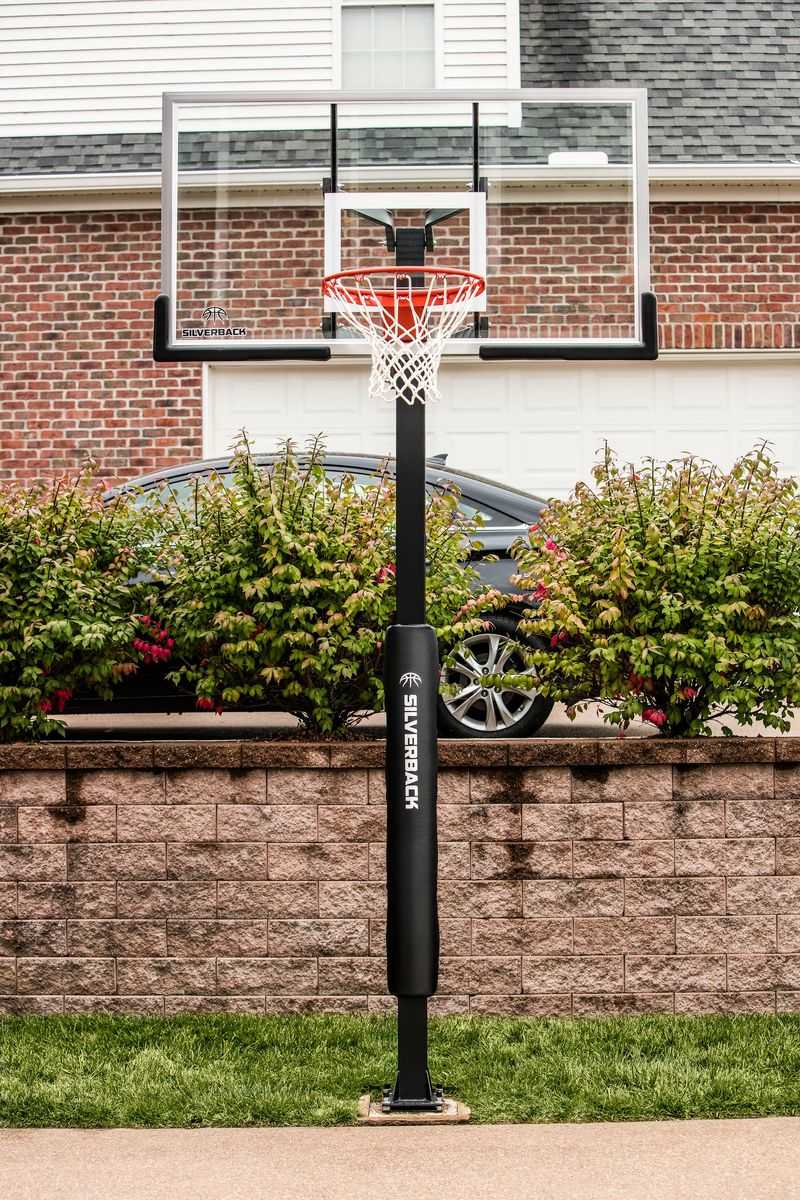
Cementing a basketball hoop into your driveway or yard violates ordinances in many communities. HOAs frequently ban permanent sports equipment entirely, while municipal codes often classify permanent hoops as structures requiring permits and setbacks from property lines. Street-facing hoops face additional restrictions due to concerns about children playing near traffic.
Some jurisdictions prohibit basketball play on public streets entirely, making driveway hoops that encourage street play potentially problematic. Where permanent hoops are allowed, noise ordinances may restrict hours of use, particularly in densely populated neighborhoods.
Portable basketball systems typically face fewer restrictions, though HOAs may require them to be stored out of sight when not in use. Before installing any permanent recreational equipment, check local building codes and community covenants to avoid potential removal orders.



